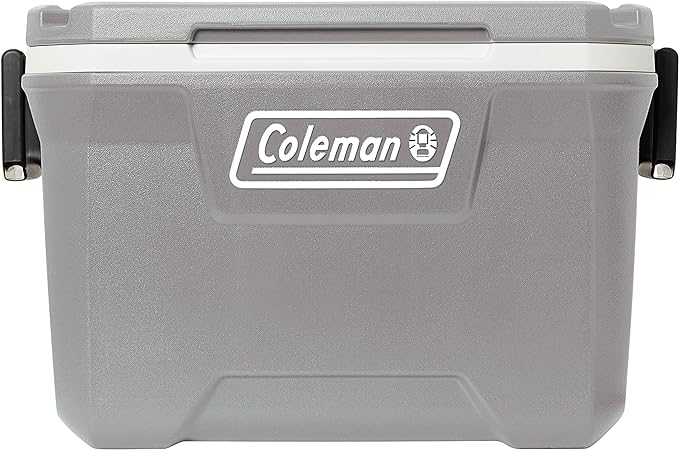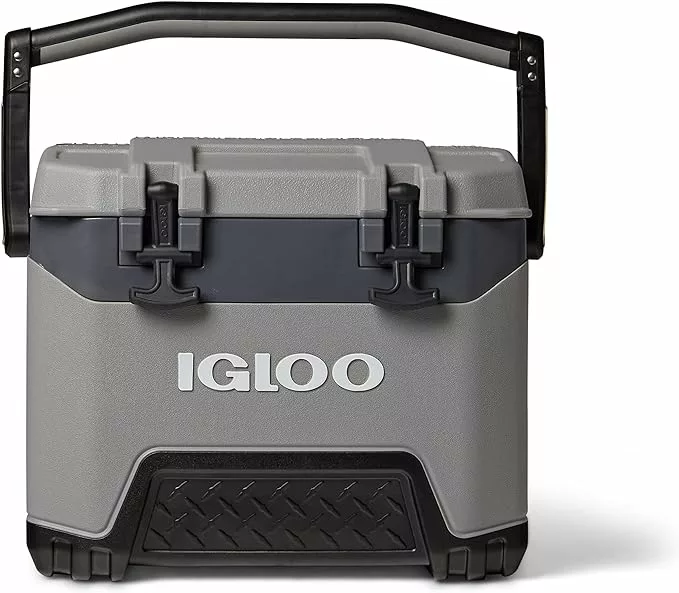When I set off for a camping trip, I know that amidst the excitement and planning, keeping my perishables fresh is a crucial aspect of my preparation. It can seem like a trivial part of the adventure, but believe me, the last thing anyone wants is food spoilage or a bear rummaging through their campsite.
Maintaining the right temperature is vital, not just for the longevity of foods but also for health. I’ve witnessed firsthand how a spoiled meal can ruin an entire trip. Beyond spoilage, there’s the attraction to wildlife. Incorrectly stored food can lure animals, from small critters to more formidable creatures, creating dangerous scenarios.
Foodborne illnesses don’t take a vacation just because we do. In the wilderness, they can hit even harder with limited access to medical facilities. Protecting our health means ensuring that perishables stay within safe temperature ranges, thus keeping harmful bacteria at bay.
Now that I’ve stressed the significance of effective food storage, let’s explore what you should look for in a cooler for your next camping trip. Getting this right is a balance of assessing your needs and understanding cooler technology, something I’ll guide you through in the next section.
Choosing the Right Cooler for Your Next Adventure
Camping is a fantastic way to disconnect from the hustle of daily life and reconnect with nature. With the right cooler, you ensure your provisions stay fresh throughout the trip. But with so many options on the market, how do you choose the perfect one?
First, assess your specific needs. Reflect on the size of your group, the length of your stay, and the type of food and drinks you’ll bring along. If you’re planning a short solo hike, a small soft-sided cooler might suffice. For a week-long family trip, a larger, hard-sided cooler could be more appropriate.
Let’s examine the different types of coolers. Hard-sided coolers are known for robust insulation and durability, which makes them an excellent choice for extended trips or rugged terrain. Soft-sided coolers are lighter and easier to carry, ideal for day trips or picnics. Backpack coolers, offering hands-free convenience, are also gaining popularity among solo adventurers and hikers.
When narrowing down your choices, consider these key features: Insulation is critical—look for options with high-quality insulation materials that can keep ice frozen for days, not just hours. Durability is also important as your cooler will inevitably face some rough handling. Portability shouldn’t be overlooked; opt for a model with comfortable handles or wheels if you’re expecting long walks to your campsite.
Do you require extras like built-in cup holders, dividers, or an integrated cutting board? These features can make your outdoor dining experience even more enjoyable. Remember, the right cooler not only keeps your food safe; it can also enhance the overall convenience and pleasure of your trip.
Cooler Packing Tips for Optimal Freshness
Success on a camping trip often hinges on the details, and how you pack your cooler is one of those critical details. Pre-cooling your cooler can make a significant difference. By chilling the interior before you introduce your food and drinks, you create an environment that’s already primed for cold storage.
Organizing your cooler is not just about making items easily accessible; it’s a strategic effort to maintain temperatures. Place items you’ll use last at the bottom and make sure to separate foods by type, keeping raw foods away from ready-to-eat items to prevent cross-contamination.
Deciding between ice packs and regular ice isn’t just a matter of availability; it’s about considering meltwater and the longevity of the cold. Ice packs offer a no-mess solution, ideal for keeping things dry and cold for extended periods, while regular ice may be preferable for short trips or if you need ice for drinks.
Waterproofing your items is essential in avoiding soggy food disasters. Use waterproof containers or sealed plastic bags to ensure your food remains dry and edible. Taking this extra step ensures that even as ice melts, the integrity of your food is not compromised.
Remember, these aren’t mere suggestions; they’re the building blocks for ensuring a successful camping experience. Use these guidelines to keep your food and drinks fresh, and you’ll enjoy not only the great outdoors but also great meals that are safe and satisfying.


